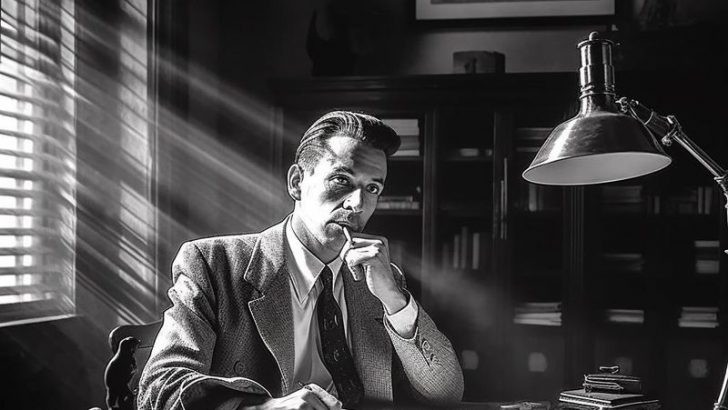The 1960s, a decade synonymous with radical change and cultural revolution, was also a time when certain actions, now deemed illegal, were surprisingly permissible. For anyone who lived through this era, it might seem like a world away from today’s legal landscape.
This blog post explores fourteen of these once-common practices that reflect the societal norms and legal leniencies of the time. From a lack of seat belt laws to the casualness of smoking in public spaces, these practices provide a fascinating glimpse into a past that was both freer and, in many ways, riskier.
1. Smoking in Offices
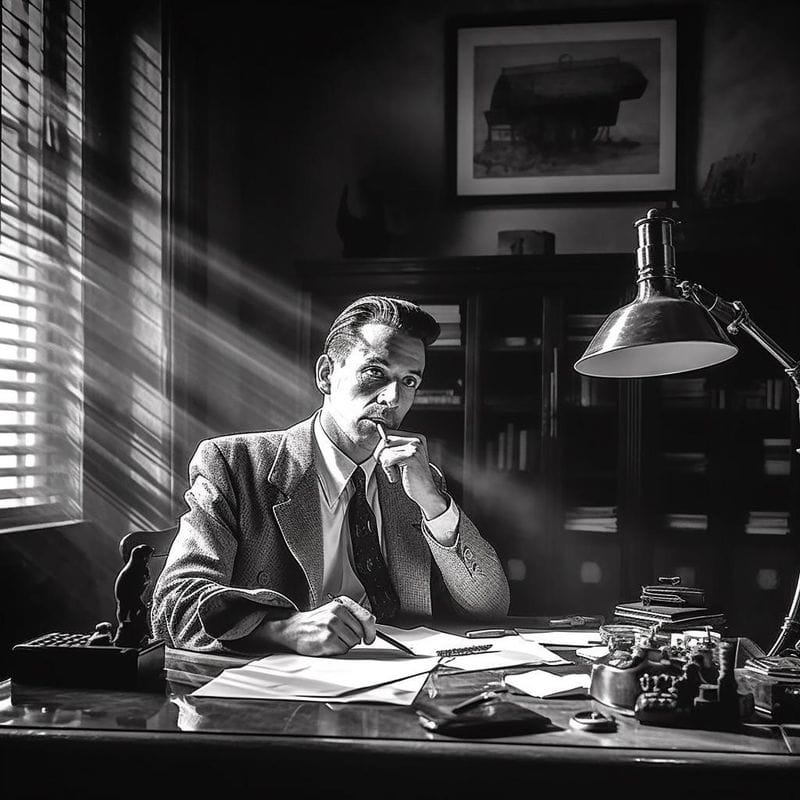
In the ’60s, smoking was prevalent in offices, with ashtrays adorning every desk. It was common for employees to smoke during meetings or while working, creating a haze of smoke in enclosed spaces. Today, smoking indoors in workplaces is illegal in most places due to the health risks of secondhand smoke. The shift towards smoke-free environments reflects growing awareness of public health issues. This change has improved air quality and the overall work experience. Such regulations encourage healthier lifestyles, showcasing how the past’s norms can evolve significantly over time.
2. Driving Without Seat Belts
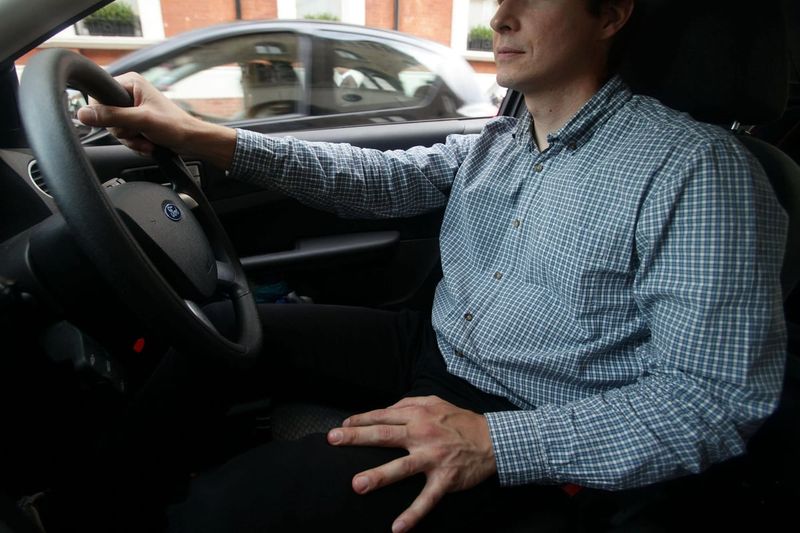
In an era before mandatory seat belt laws, driving without one was the norm. Cars often lacked seat belts altogether, and safety regulations were minimal. This practice posed significant risks, leading to numerous injuries and fatalities in accidents. Today, seat belts are a legal requirement, with strict enforcement and widespread safety campaigns. The change underscores the importance of safety in modern transportation. With technological advancements, cars have become safer, but it is the regulatory shift that has truly transformed driving culture, saving countless lives.
3. Advertising Cigarettes

The ’60s saw cigarette advertisements dominating media, from billboards to television. These ads glamorized smoking, often using celebrities to endorse brands. Nowadays, advertising tobacco products is heavily restricted or banned in many countries. The shift aims to reduce smoking rates and prevent youth from picking up the habit. Public health campaigns have replaced these ads, focusing on the dangers of smoking. This transformation highlights society’s evolving understanding of health and well-being, making a significant impact on public awareness and smoking prevalence.
4. Unregulated Prescription Drugs

In the 1960s, the regulation of prescription drugs was lax, allowing pharmacists to dispense medications with minimal oversight. This lack of control led to widespread misuse and addiction. Today, strict regulations govern the prescription and distribution of medication, ensuring safety and efficacy. This change protects patients and maintains the integrity of the healthcare system. By prioritizing patient safety, modern regulations reflect a more responsible approach to pharmaceuticals, addressing past issues of abuse and mismanagement.
5. Lead-Based Paint

Lead-based paint was widely used in homes and public buildings throughout the ’60s. Its durability and vibrant colors made it popular, but the health risks, especially to children, were significant. Today, the use of lead-based paint is banned in many countries, and regulations require its removal or containment. This change reflects increased awareness of environmental health and child safety. Modern alternatives offer safer options without compromising on quality, demonstrating progress in both health standards and building practices.
6. Public Drunkenness

Public drunkenness was often tolerated in the ’60s, with lenient attitudes towards alcohol consumption in public spaces. While not entirely legal, it was rarely enforced, leading to frequent public disturbances. Today, laws against public intoxication are more strictly enforced to maintain public order and safety. This shift represents a balance between personal freedom and community well-being. Modern society values responsible drinking habits and aims to prevent alcohol-related incidents, showcasing a more structured approach to public behavior.
7. Corporal Punishment in Schools

Corporal punishment was a common disciplinary method in schools during the 1960s. Teachers were allowed to physically discipline students, often with paddles or rulers. This practice is now illegal in many places, as educational philosophy has shifted towards positive reinforcement and non-violent discipline. The change reflects a broader understanding of child psychology and rights. By promoting safe and supportive learning environments, modern educational practices prioritize students’ well-being and foster a culture of respect and empathy.
8. Carrying Firearms without Permits

In the ’60s, it was not uncommon for individuals to carry firearms without permits, especially in rural areas. The ease of access and lack of regulation often led to unsafe situations. Today, strict laws require permits and background checks, aiming to control firearm possession and enhance public safety. This regulatory shift seeks to prevent violence and promote responsible gun ownership. By prioritizing safety, modern laws reflect a commitment to reducing gun-related incidents and protecting communities.
9. Littering Everywhere

Littering was rampant in the 1960s, with little regard for environmental impact. Public awareness of pollution and its consequences was minimal, leading to widespread littering in streets, parks, and natural areas. Today, anti-littering laws and environmental campaigns promote cleanliness and conservation. The change highlights an increased commitment to environmental responsibility. By encouraging proper waste disposal and recycling, modern society works towards a cleaner, more sustainable future, reflecting a significant cultural shift.
10. Minimal Airport Security
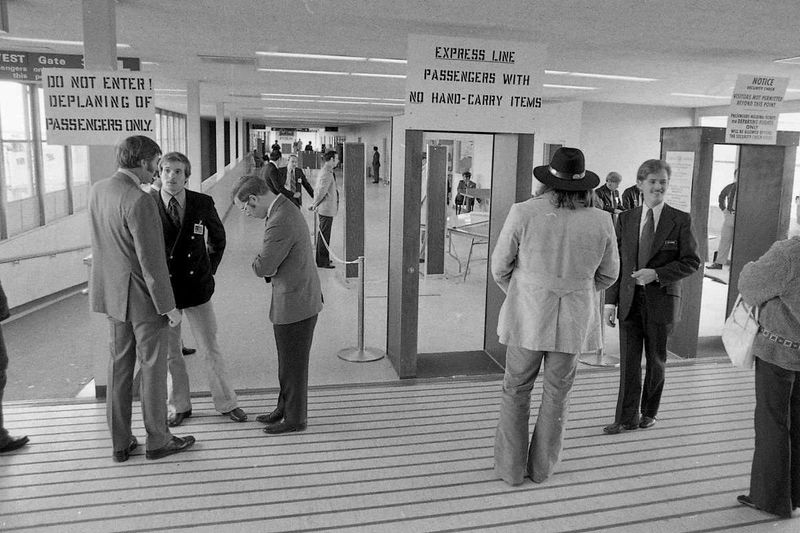
Air travel in the 1960s involved minimal security checks, allowing passengers to board with ease. The focus was on convenience rather than safety, which later changed due to security threats. Today, stringent security measures are in place at airports worldwide, prioritizing passenger safety. This transformation reflects the evolving nature of travel security, balancing efficiency with protection. Modern procedures ensure safer air travel, though they require more time and patience from passengers, reflecting broader societal changes in safety priorities.
11. Driving Under the Influence

Driving under the influence of alcohol was often overlooked in the ’60s, with limited enforcement and public awareness. Today, stringent DUI laws and awareness campaigns emphasize the dangers of impaired driving. This shift aims to reduce accidents and save lives. The change highlights a significant improvement in road safety standards, reflecting society’s commitment to protecting drivers and pedestrians alike. Modern laws provide clear consequences for impaired driving, fostering a culture of responsibility and caution.
12. Discrimination in Housing
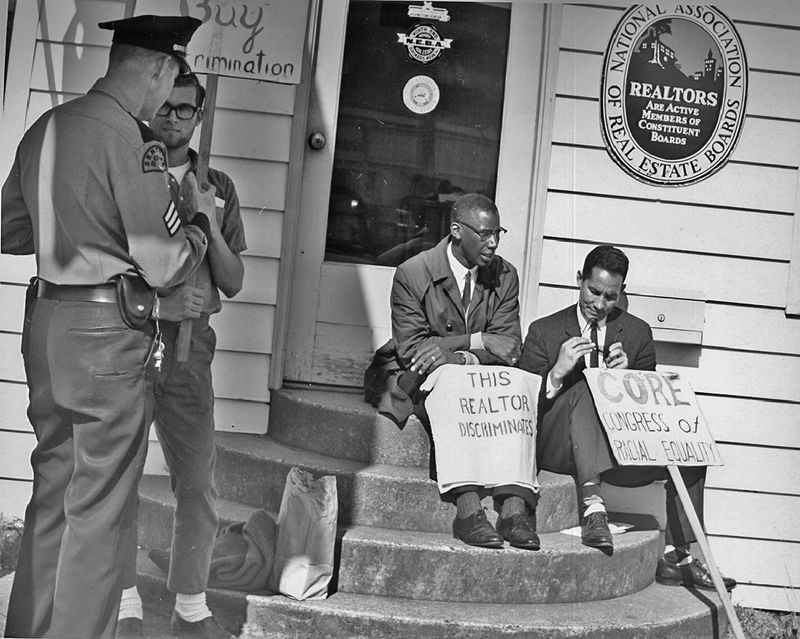
In the 1960s, discrimination in housing was widespread, with minorities often denied access to certain neighborhoods. Segregated living was legally and socially enforced. Today, fair housing laws prohibit discrimination based on race, color, religion, sex, or national origin. This legal shift represents a broader commitment to equality and social justice. By promoting diverse and inclusive communities, modern housing policies reflect an ongoing effort to rectify past injustices and build a more equitable society.
13. Unsupervised Child Play

In the ’60s, children often played unsupervised in neighborhoods, with minimal parental oversight. This freedom allowed for creative play but posed potential safety risks. Today, increased awareness of child safety and supervision reflects societal changes in parenting styles. The shift emphasizes structured play environments and vigilant supervision to prevent accidents and ensure children’s well-being. Modern parenting balances freedom with safety, encouraging healthy development while minimizing risks, showcasing an evolution in child-rearing philosophies.
14. Casual Workplace Harassment

In the 1960s, workplace harassment was often dismissed as “normal” office behavior. Casual comments and unwanted advances were frequently tolerated, creating uncomfortable environments. Today, stringent laws and policies address workplace harassment, promoting respectful and inclusive work cultures. This shift reflects a broader societal commitment to equality and dignity in the workplace. By fostering environments where all employees are valued and respected, modern practices aim to eliminate harassment and support positive workplace dynamics.
15.Drinking While Driving

In the 1960s, it wasn’t unusual for drivers to have an open container of alcohol in the car—even sipping while behind the wheel was, in many places, not explicitly illegal. The cultural attitude toward drinking and driving was shockingly relaxed by today’s standards.
Modern laws strictly prohibit open containers in vehicles, and drinking while driving is illegal across most of the world. This dramatic shift reflects increased awareness of the dangers of impaired driving and a societal push for safer roads. The change not only saves lives but also represents a major evolution in how we view personal responsibility and public safety.

Well, hello there!
My name is Jennifer. Besides being an orthodontist, I am a mother to 3 playful boys. In this motherhood journey, I can say I will never know everything. That’s why I always strive to read a lot, and that’s why I started writing about all the smithereens I came across so that you can have everything in one place! Enjoy and stay positive; you’ve got this!

